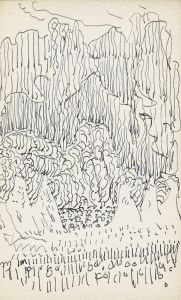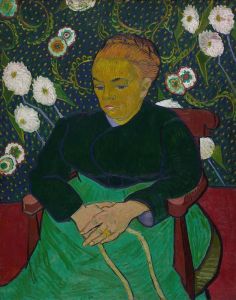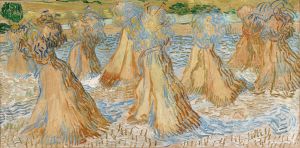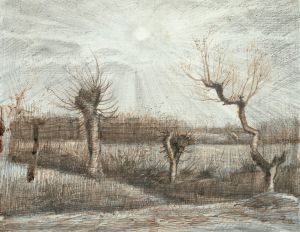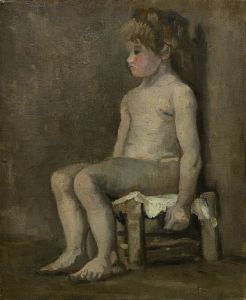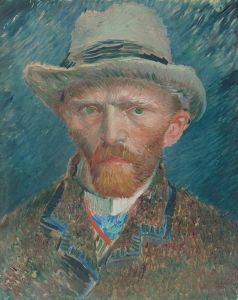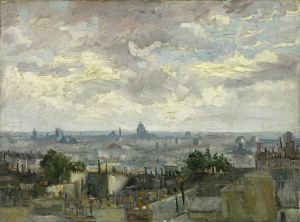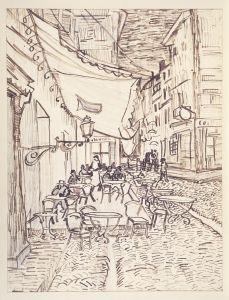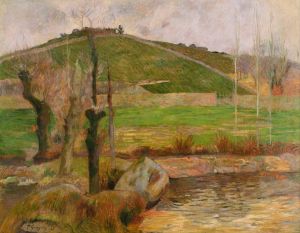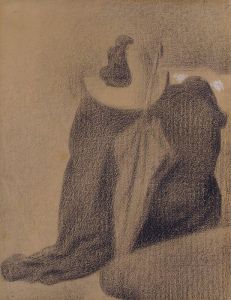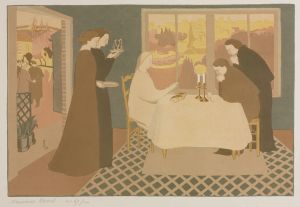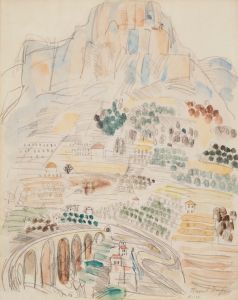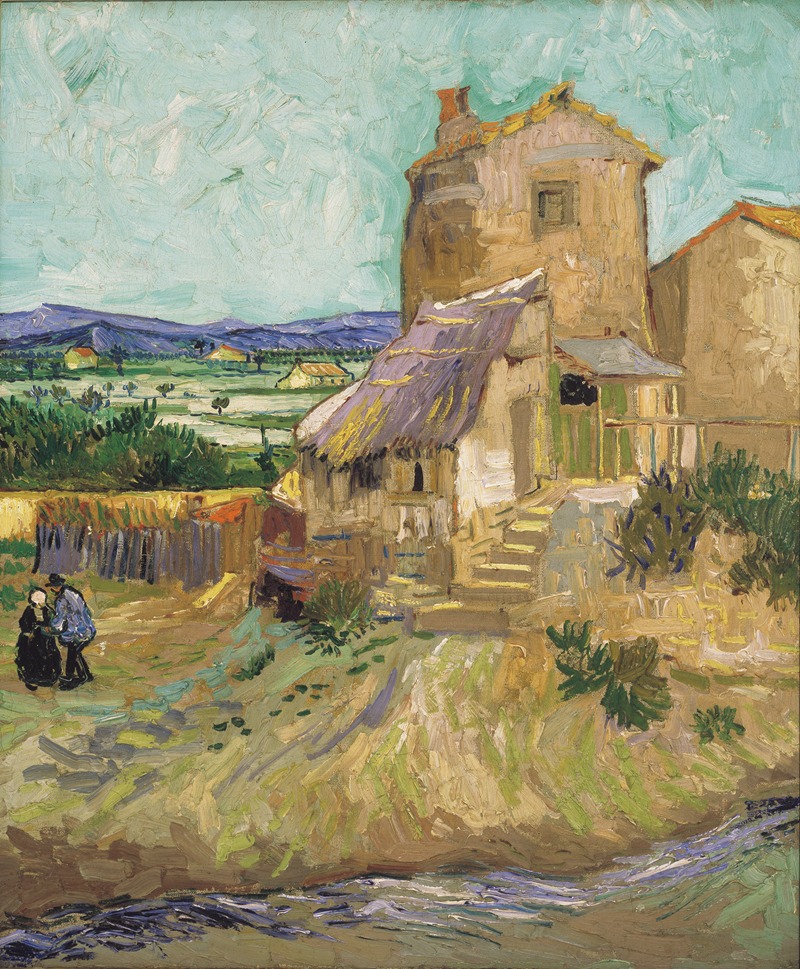
La maison de La Crau
A hand-painted replica of Vincent van Gogh’s masterpiece La maison de La Crau, meticulously crafted by professional artists to capture the true essence of the original. Each piece is created with museum-quality canvas and rare mineral pigments, carefully painted by experienced artists with delicate brushstrokes and rich, layered colors to perfectly recreate the texture of the original artwork. Unlike machine-printed reproductions, this hand-painted version brings the painting to life, infused with the artist’s emotions and skill in every stroke. Whether for personal collection or home decoration, it instantly elevates the artistic atmosphere of any space.
"La maison de La Crau" is a painting by the renowned Dutch artist Vincent van Gogh, created in 1888 during his stay in Arles, a town in the south of France. This period is often referred to as one of the most productive and artistically significant phases of Van Gogh's career. The painting is also known by the title "The Old Mill," which reflects its subject matter.
Vincent van Gogh moved to Arles in February 1888, seeking the bright light and vibrant colors of the region, which he believed would enhance his work. The landscape and rural life of Provence deeply inspired him, and he produced numerous paintings and drawings during his time there. "La maison de La Crau" is one of these works, capturing the essence of the Provençal countryside.
The painting depicts a rural scene with a prominent old mill, surrounded by fields and a clear blue sky. Van Gogh's use of bold colors and dynamic brushstrokes is evident in this work, characteristics that define his post-impressionist style. The vibrant yellows and greens of the fields contrast with the deep blue of the sky, creating a lively and harmonious composition. The mill, with its rustic architecture, stands as a testament to the agricultural life of the region.
Van Gogh's interest in capturing the essence of rural life is reflected in his choice of subject matter. The old mill, a symbol of traditional agricultural practices, represents the connection between humanity and nature. This theme is recurrent in Van Gogh's work, as he often sought to depict the simple beauty and authenticity of rural settings.
During his time in Arles, Van Gogh was deeply influenced by the natural environment and the local culture. He was fascinated by the intense sunlight and the vivid colors of the landscape, which he sought to capture in his paintings. This period marked a departure from the darker tones of his earlier works, as he embraced a brighter and more expressive palette.
"La maison de La Crau" is part of a series of paintings Van Gogh created in Arles, focusing on the rural landscape and the daily life of its inhabitants. These works are characterized by their emotional intensity and vibrant color schemes, which have become synonymous with Van Gogh's artistic legacy.
The painting is currently housed in the Kröller-Müller Museum in Otterlo, Netherlands, which holds one of the largest collections of Van Gogh's works. The museum's collection provides insight into the artist's development and his contributions to the post-impressionist movement.
Vincent van Gogh's time in Arles was a period of prolific creativity, despite the personal struggles he faced. His work from this era, including "La maison de La Crau," continues to be celebrated for its innovative use of color and form, as well as its ability to convey the beauty and emotion of the natural world. The painting remains a testament to Van Gogh's enduring influence on the art world and his unique vision of the world around him.





